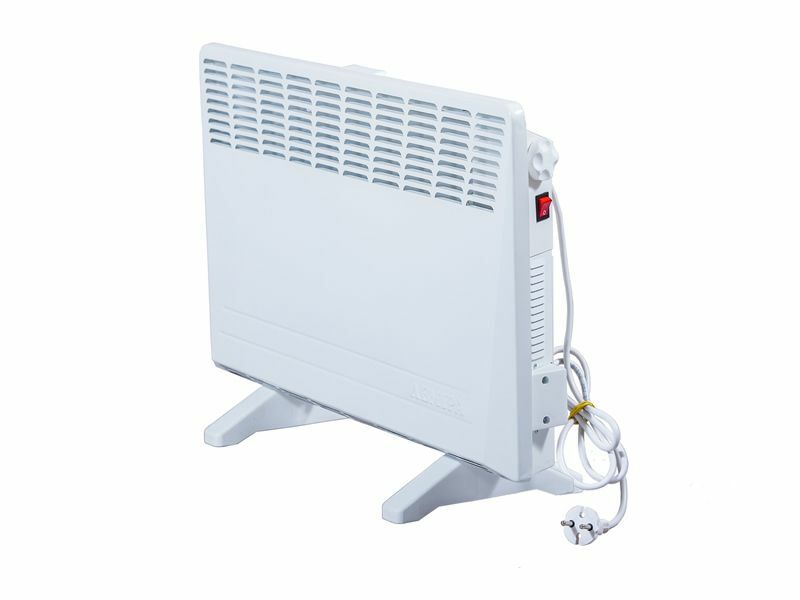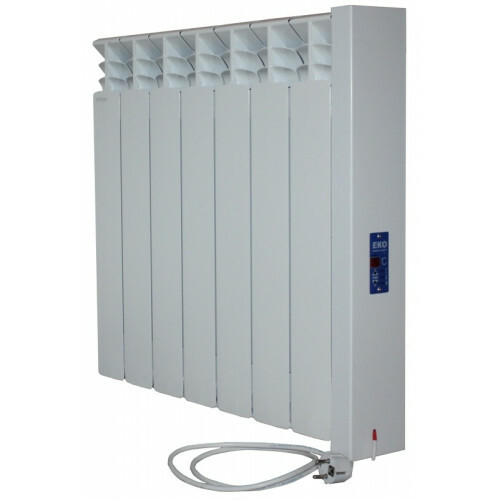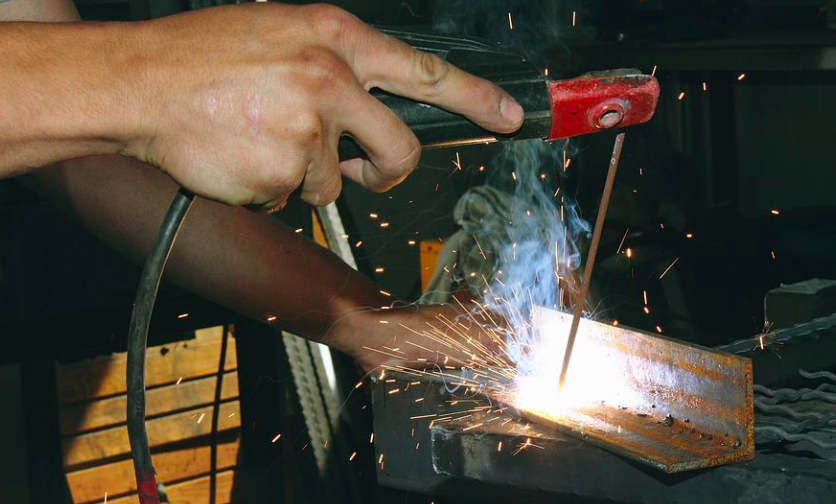
lemira.ua
An electric convector is a household heater that works on the principle of convection and is powered by the mains.
Electric heating is the most promising and rapidly developing heating system. Unconventional energy sources are not yet popular, and gas pipelines are not available everywhere. Often there are breakdowns in the central heating network, due to which you can find yourself in an ice apartment in the middle of winter.
Most of all, electric convectors are popular in summer cottages, in country and private houses, followed by residential apartments, whose residents lack the heat of a centralized system, administrative and commercial building. Convectors are also placed in rooms where it is necessary to regulate the temperature in the range of one degree - these are greenhouses, greenhouses, gardens and other rooms with plants.
What is the principle of operation of the convector? Electric convectors may differ in the way they heat the air, but they work on the same principle:
Due to the greater mass, cold air settles in the lower part of the room, and the device is installed there. Through special holes at the bottom of the convector, cold air enters into it, which heats up to an adjustable temperature. heating element (differ depending on the model and manufacturer), and then blown out through the holes in the upper part electric convector. Hot air rises to the ceiling and slowly cools, turning into cold air and settling below, after which everything repeats. This is the principle of convection.
Is an electric convector an ideal solution for a private house or apartment? Everything is relative here, however, the convector has the following advantages over central heating systems:
- Easy installation/mounting
- Silent during operation (due to the absence of moving parts)
- Heat up air quickly
- Easily serviced
- Maintain adjustable temperature up to 60 degrees Celsius
- Compact
- Efficiency indicators reach up to 96%
- economical
- Do not burn oxygen
- Do not dry out the air
- Installation does not require special permission
Also, the advantages of the convector include the fact that it is cheaper than analogues - boilers / radiators.
The surface of the device does not heat up to high temperatures, the entire process of heating the air takes place inside. Therefore, the convector does not pose a risk of ignition, and its surface cannot be burned. Almost all models are protected from moisture according to the IP24 standard. This means that they are not afraid of splashes and water. They can be installed in pools, showers, bathrooms. If there is a power outage, this will not affect the operation of the device - after the power is restored, the device will continue to work according to the previously set parameters.
Often, electric convectors are also installed in apartments with central heating. Users explain this by the desire to raise the air temperature for a short time, as there is not enough heat from the batteries. They are also often installed in bathrooms in order to create a cozy and comfortable atmosphere in the bathrooms, because usually they are cold rooms with high humidity. If you want to install a convector in such a room, then before installing it, pay attention to the degree of protection of the device, the possibility of connecting and working without grounding. Modern models have a second class of protection, which means that they can be connected 24/7 and operate from household wiring. Also, the second class of protection means that the dust from the room will not ignite inside the convector; there is a rollover cut-off system and a child safety feature.
How to choose a bathroom convector?

lemira.ua
To do this, you need to pay attention to four parameters: appearance, installation method, power, additional functions.
In addition to the standard factor that the device must fit into the interior in appearance, consider the height of the convectors. There are different models for different purposes. For bathrooms and other residential premises, devices with a height of 40 centimeters or more are suitable - they allow air to pass through them correctly.
There are many convectors with different installation methods. In the CIS, only two are popular - wall and floor. The first, as the name implies, are attached to the wall using brackets from the kit. They resemble classic radiators. Usually they are installed under the windows so that they do not fog up. The second are portable mechanisms. They are mounted on wheels or special legs for greater mobility - they can be moved from one room to another.
The power of the optimal electric convector directly depends on the area of \u200b\u200bthe room in which it is planned to be installed. There is a standard formula: remove two zeros from the declared power and get the area of \u200b\u200bthe room that the device can heat. For example, a device with a power of 1500 watts can easily heat a room of 15 square meters.
Finally, depending on your situation, pay attention to the presence of additional functions: child protection if you have children; tipping sensor, if the convector can tip over, and so on. For residential premises, it is recommended to take models with the following functions: timer, thermostat (when the air reaches the set temperature, the device will turn off), frost protection (if the air temperature drops to +7 degrees Celsius, the unit will automatically turn on and start heating room).


